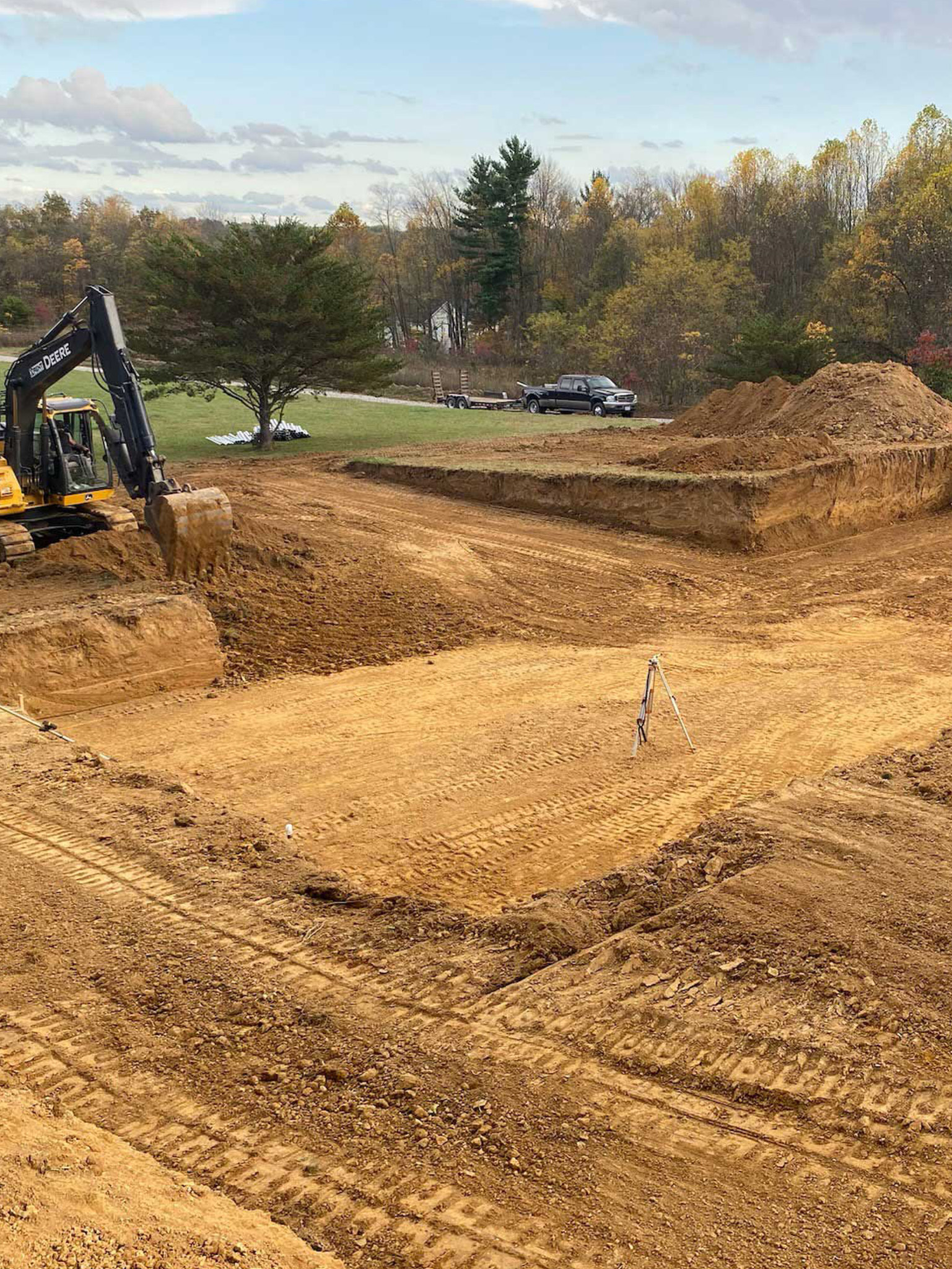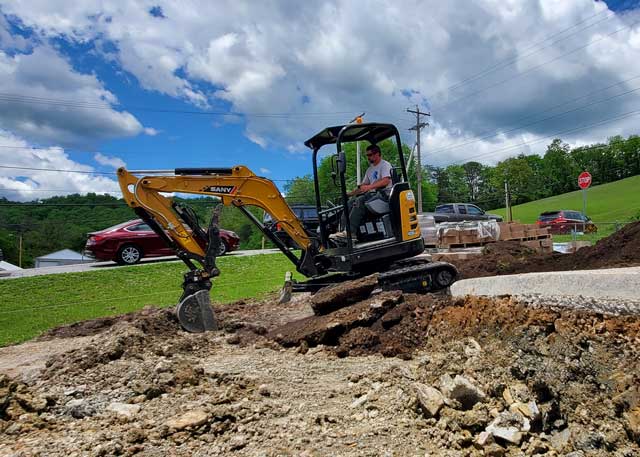Comprehensive Excavation Techniques: Mastering the Principles for Success
The cautious planning, precise execution, and thorough focus to information called for in excavation projects demand an extensive method that encompasses numerous basic facets. The real mastery exists not just in recognizing these fundamentals but in seamlessly integrating them to browse the complexities of excavation projects with skill.
Comprehending Excavation Task Planning

Effective excavation jobs are built on the structure of comprehensive and thorough preparation. The initial phase of any kind of excavation job is the preparation stage, where essential choices are made that can considerably influence the outcome of the task. Throughout this phase, it is important to collect all relevant info concerning the site, consisting of topographical surveys, dirt composition, and any possible risks that might exist. Comprehending the project spending plan, timeline, and scope restraints is critical for creating a thorough excavation plan that guarantees the task's success.
One trick facet of excavation job planning is the advancement of a comprehensive timeline that lays out the series of deadlines, landmarks, and tasks. This timeline offers as a roadmap for the task team, enabling them to track progression and make necessary adjustments to guarantee the project remains on timetable. Furthermore, a well-defined budget that accounts for all costs, including devices rental, labor prices, and products, is vital for avoiding cost overruns and delays. By meticulously thinking about all these factors during the drawing board, excavation jobs can be performed effectively and successfully, causing effective outcomes.
Dirt Evaluation and Website Evaluation
Carrying out detailed soil evaluation and website assessment is a critical action in the prep work phase of any excavation job. Dirt analysis involves establishing the structure, framework, and homes of the dirt at the excavation website. This info is crucial for comprehending the soil's bearing capability, moisture material, and possibility for disintegration, which are vital consider identifying the excavation approaches and equipment needed for the project.
Site examination goes beyond soil evaluation and incorporates a more comprehensive analysis of the overall site conditions. This analysis includes recognizing any kind of possible threats, such as below ground utilities, ecological worries, or unsteady terrain, that could affect the excavation procedure. By thoroughly reviewing the website, task supervisors can develop reliable excavation approaches that focus on security, effectiveness, and ecological security.
Using advanced technologies like ground-penetrating radar, soil sampling, and drone studies can improve the accuracy and efficiency of dirt evaluation and site examination. Investing time and resources in these initial steps can ultimately conserve time and prevent costly hold-ups or difficulties throughout the excavation process.
Devices Choice and Usage
Efficient excavation tasks depend greatly on calculated equipment option and use to guarantee ideal performance and productivity. Picking the best tools for the task is vital in taking full advantage of efficiency and decreasing downtime. Variables such as the kind of dirt, depth of excavation, and job scope play a considerable duty in figuring out the most appropriate equipment for the task at hand.

In enhancement to selecting the proper devices, appropriate use is crucial to project success. Operators should be trained to deal with the equipment safely and successfully - lancaster excavation. Routine maintenance checks and timely repair work aid avoid break downs and guarantee consistent performance throughout the job
Precaution and Regulations Compliance
In the realm of excavation jobs, focusing on precaution and compliance with regulations is vital to ensuring a secure and legitimately audio functional atmosphere. Safety actions encompass a series of practices, consisting of carrying out comprehensive site analyses, carrying out appropriate signs and obstacles, and providing ample security training for all personnel entailed in the excavation process. Adherence to policies, such as OSHA requirements click to find out more in the United States, makes certain that the excavation job fulfills the needed standards to protect employees, bystanders, and the surrounding environment.

Surveillance Progression and Adjusting Techniques
How can project managers effectively track the development of excavation jobs and adjust their techniques accordingly to optimize outcomes? Monitoring development is essential for ensuring that excavation tasks remain on track and meet target dates. Job managers can make use of different tools and strategies to track development, such as daily report card, regular website evaluations, and progressed monitoring innovations like drones and general practitioners tracking systems. By continually keeping an eye on the job's advancement, supervisors can recognize any type of possible delays or issues early on and take positive procedures to address them.

Final Thought
Finally, understanding the principles of detailed excavation techniques is important for the success of any kind of job. By comprehending job preparation, evaluating soil and website conditions, picking ideal devices, adhering to safety and security policies, and monitoring progression, job supervisors can make certain a reliable and smooth excavation process. Executing these methods will certainly lead to effective outcomes and decrease prospective threats or problems during the excavation job.
The first phase of any kind of excavation job is the planning stage, where critical choices are made that can substantially impact the result of the task. Understanding the job budget, range, and timeline restrictions is critical for producing a thorough excavation strategy that makes certain the project's success.
How can important source forecast managers effectively track the advancement of excavation tasks and adjust their approaches accordingly to maximize end results? By very closely keeping track of development and being ready to adjust approaches, project managers can enhance the general success of excavation jobs.
By understanding project planning, evaluating soil and site conditions, picking appropriate equipment, complying with safety policies, and keeping track of development, task supervisors can guarantee a smooth and reliable excavation procedure.
Comments on “Excavating Ohio - Leading Excavation Professionals for Ohio Projects”